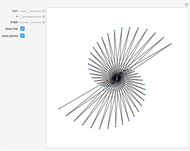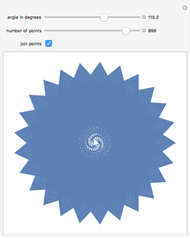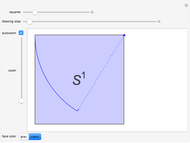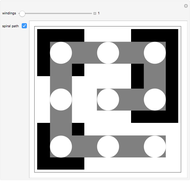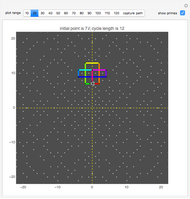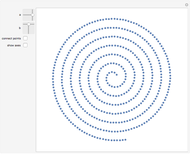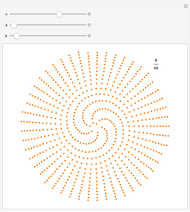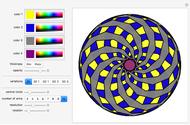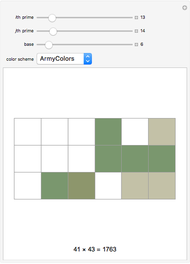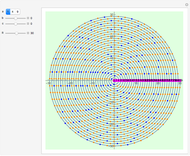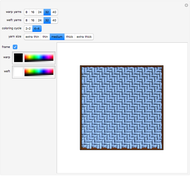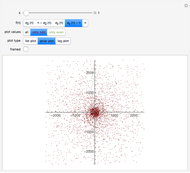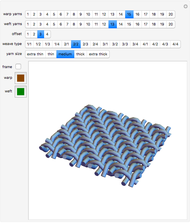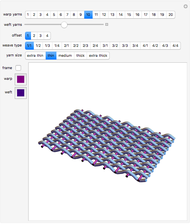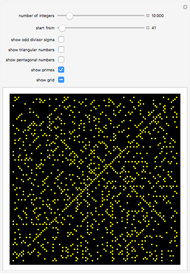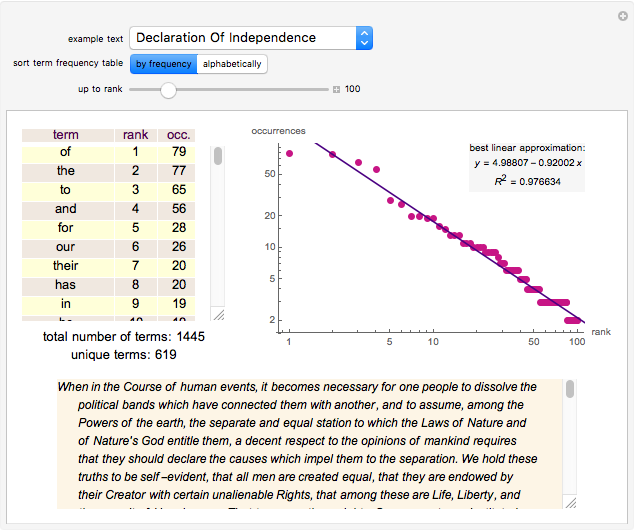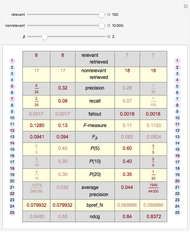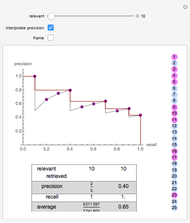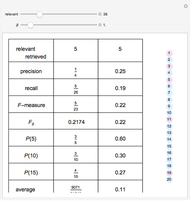Experimenting with the Ulam Spiral

Requires a Wolfram Notebook System
Interact on desktop, mobile and cloud with the free Wolfram Player or other Wolfram Language products.
The Ulam spiral is named after Stanislaw Ulam, who discovered it by chance in 1963 while doodling on scratch paper at a scientific meeting.
[more]
Contributed by: Giovanna Roda (March 2011)
Open content licensed under CC BY-NC-SA
Snapshots
Details
See also:
Triangle Numbers on Ulam Spiral by Adrian Leatherland http://yoyo.cc.monash.edu.au/~bunyip/primes/triangleUlam.htm
Ulam Spiral Images by Matthew M. Conroy at http://www.madandmoonly.com/doctormatt/mathematics/ulamSpirals/ulamSpirals.htm
Ulam spiral at http://en.wikipedia.org/wiki/Ulam_spiral
Permanent Citation
"Experimenting with the Ulam Spiral"
http://demonstrations.wolfram.com/ExperimentingWithTheUlamSpiral/
Wolfram Demonstrations Project
Published: March 7 2011









